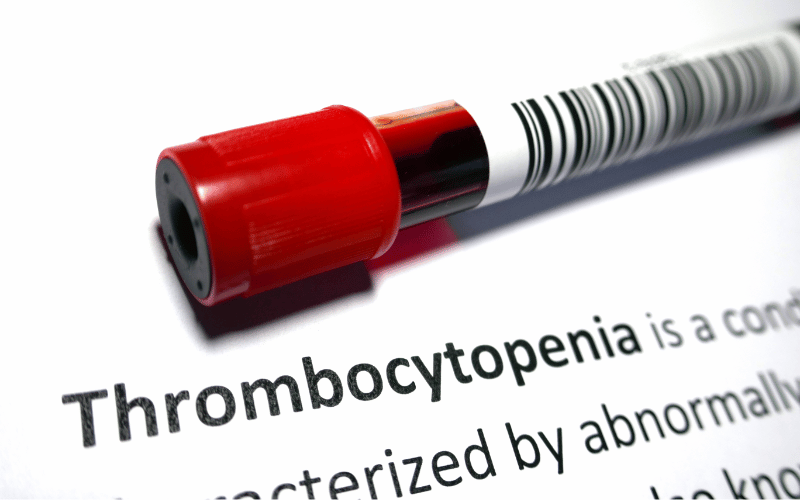Symptom 2: Persistent Low Platelet Count (Thrombocytopenia)

Platelets, tiny disc-shaped components of our blood, hold a critical role in clotting. When you get a cut or wound, these little warriors rush to the scene, clumping together to form a barrier. This barrier, or clot, acts as the frontline defense against excessive bleeding. For the average person, a platelet count ranges from 150,000 to 450,000 per microliter of blood. However, thrombocytopenia presents a challenge where counts consistently fall below this range. The potential consequences of such a dip are multifaceted. It’s not merely about numbers but how this drop impacts the body’s ability to react to injuries, both minor and significant.
Understanding thrombocytopenia involves peering into the body’s complex machinery. Generally, three situations can lead to decreased platelets: subpar production by bone marrow, a rapid destruction rate in the bloodstream, or the spleen’s over-retention. ALPS often triggers an immune response where the body, in a case of mistaken identity, produces antibodies that target and destroy its platelets. This is akin to friendly fire within the body’s defense system. The spleen, an organ known for filtering and storing blood, can sometimes act overzealously. In ALPS patients, it might hoard more platelets than necessary, further contributing to the problem.
The skin often bears the first signs of thrombocytopenia. It might showcase unexplained bruises, hinting at internal bleeding events. Minor injuries might bleed longer than they should, and petechiae, tiny red spots, can emerge. But beyond these visible markers, internal threats lurk. Instances of internal bleeding, particularly in the brain or gastrointestinal system, although infrequent, can prove fatal. Regular activities might pose risks; even a simple nosebleed can become a significant concern. (2)